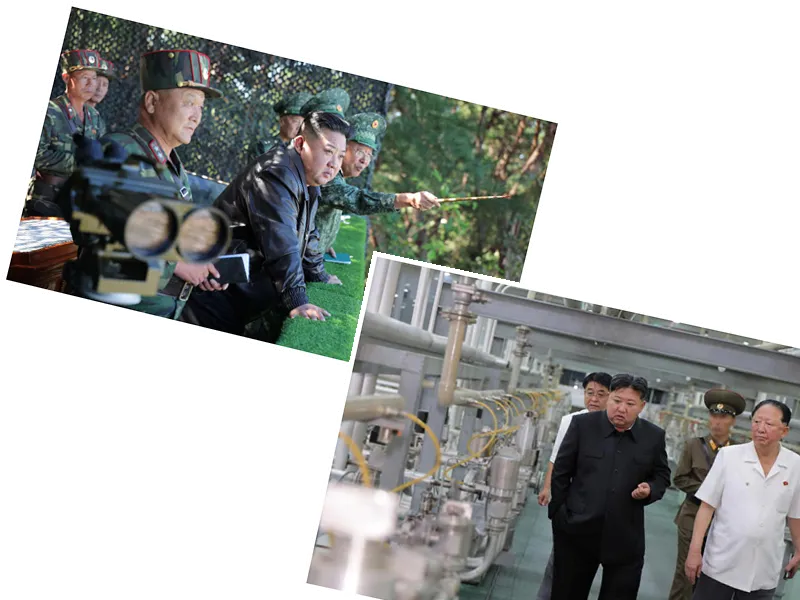Biden's New Nuclear Strategy: A Response to Growing Threats from China and North Korea
In a significant shift in U.S. nuclear policy, President Joe Biden has approved a revised nuclear strategy aimed at addressing the growing nuclear threats posed by China and North Korea. According to a report by The New York Times, this new strategy, named the "Guidelines for the Use of Nuclear Weapons," was approved in March and is set to be communicated to Congress before Biden leaves office. This marks the first time that U.S. nuclear deterrence strategy has been explicitly redirected towards China, reflecting concerns that the nation’s nuclear arsenal could rival that of the United States and Russia in the coming decade.
The updated guidelines highlight the need for the U.S. to prepare for a potential nuclear crisis that could arise from simultaneous threats from multiple adversaries, including Russia, China, and North Korea. The Pentagon estimates that China’s nuclear stockpile could increase to 1,000 by 2030, and potentially 1,500 by 2035, while North Korea is believed to have over 60 nuclear weapons, with sufficient materials for many more. This evolving nuclear landscape necessitates a strategic response that considers the possibility of coordinated threats from these nations, which have been strengthening their military ties.
A New Era of Nuclear Deterrence
The revised nuclear strategy reflects a stark change in how the U.S. views its adversaries. Historically, the focus has been primarily on Russia; however, the emerging partnership between Russia and China, along with North Korea's expanding arsenal, has prompted a reevaluation of U.S. nuclear deterrence. Experts, including Vipin Narang from MIT, have emphasized the importance of adapting U.S. military strategies to counter the increasing size and diversity of adversarial nuclear capabilities.
As the geopolitical landscape shifts, the Biden administration is keenly aware of the implications of this new nuclear environment. The need for a robust deterrence strategy has never been more critical, especially with the potential for nuclear cooperation among adversarial nations. The administration's commitment to investing in deterrence capabilities, including strategic bombers and ballistic missiles, reflects a proactive approach to safeguarding national security in a rapidly evolving global context.
- The revised nuclear strategy is not just a response to immediate threats but also a long-term vision for U.S. defense policy. It acknowledges the changing dynamics of nuclear power and the potential for adversaries to collaborate in ways that could undermine U.S. security. As North Korea continues to enhance its nuclear capabilities, the U.S. must also consider the implications of such developments on international stability. Furthermore, the Biden administration's focus on deterrence is indicative of a broader recognition that the old paradigms of nuclear strategy may no longer suffice. With the emergence of new technologies and shifting alliances, the U.S. is tasked with navigating a more complex security environment. This includes addressing not only nuclear threats but also the conventional military capabilities of its adversaries, which could play a crucial role in future conflicts. The implications of this new strategy extend beyond military considerations; they also touch on diplomatic efforts and arms control initiatives. As the U.S. seeks to engage with allies and partners in countering these threats, the importance of a cohesive and comprehensive approach to nuclear policy becomes increasingly apparent. The administration's commitment to nuclear non-proliferation, while balancing deterrence strategies, will be essential in maintaining global stability.






